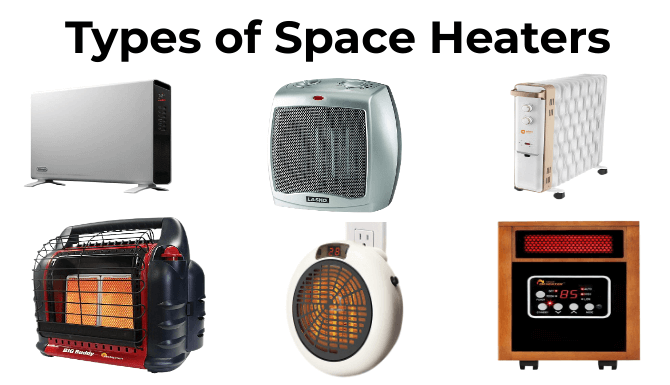The Only Guide for 1 Source Portable Air
Wiki Article
Some Ideas on 1 Source Portable Air You Need To Know
Table of ContentsExamine This Report on 1 Source Portable AirNot known Details About 1 Source Portable Air The 9-Minute Rule for 1 Source Portable Air7 Easy Facts About 1 Source Portable Air Shown1 Source Portable Air Can Be Fun For Everyone
Running expenses are based on an electrical power price of 40c/kWh. The prices for 3 months' use in winter season are based on 500 hours make use of, or around 6 hours per day for 3 months. Maximum warmth outcome is based on the optimum power level of the models we have actually evaluated (we concentrate on higher wattage heating systems).
On average, tiny follower heaters are much less pricey to purchase, yet can have higher running expenses. Oil column heaters will certainly be the cheapest on the market to run (on average) but only by a slim margin in advance of convection heaters (like panel and micathermic panels).
About 1 Source Portable Air
If you have a reversible ceiling fan, it'll aid spread the warmth around the space much more evenly. A number of pricey heating units have actually stopped working to impress our testers, while some less expensive models make for surprisingly good buys.As the name suggests, they emit heat from a red-hot heating component (so the family members will have to take turns sitting in front of it). Glowing heating systems are fairly inexpensive.
The relatively revealed heating component can be a fire and security hazard. A piece of apparel dropped over it might spark, or small kids playing around a flooring design might burn themselves, so be mindful. Radiant heating systems normally set you back between $20 and $200. Oil-filled column heating systems don't really burn oil they utilize electrical power to warm the oil that's sealed inside their columns or 'fins'.
The Ultimate Guide To 1 Source Portable Air
Some column heating units aren't also oil-filled yet rather use other material or home heating technology to work similarly - 1 Source Portable Air. The risk of fire with an oil column heater is low compared to other heater types, but never no. Oil heating units don't have exposed elements like radiant heaters do, and their surface temperature is less than many other heater kinds (their big surface location makes up for it)Oil column heating units won't explode, and while they don't melt their oil to create warmth, it's still combustible, so there is a fire danger if the oil leakages, if the heater tips over and leaks, or if combustible items or material enter call or drop on the heating unit. You ought to exercise the very same level of caution with oil heaters when it comes to other heating unit types, and never ever hang towels or clothing over one to dry them make use of a drying out rack instead, at the very least one metre away.
Column heaters are specifically beneficial in rooms where they'll be switched on for lengthy periods of time or where they'll operate neglected, such as over night in a bedroom. The surface areas you're likely to touch on a column heating unit don't obtain as hot as various other kinds of electric heating systems. You can utilize a ceiling follower on extremely low rate to aid the column heating unit to disperse the warmth faster and much over at this website more evenly.
If there's not much air activity (for example, if you're resting reading or seeing TV), the warm may not be dispersed evenly. Oil-filled column heating units generally cost in between $50 and $450. Convection and panel heating systems draw chilly air over an electric heating component. The warmed air then leaves the heating system and rises towards the ceiling, while cooler air steps in to replace it.
The 5-Minute Rule for 1 Source Portable Air

Convection and panel heaters are more portable than their oil-filled column heating system counterparts because they're dramatically lighter. Like a column heating system, basics you can make use of a ceiling follower on really reduced rate to disperse the warmth quicker and much more uniformly.

The Facts About 1 Source Portable Air Uncovered
Follower heating units are frequently smaller and more mobile than various other electric heating systems. They likewise can be found in the type of tower follower heaters, which can be better for dispersing heat around bigger rooms because of their taller account. They can heat the air in a space extra quickly, evenly and swiftly than a few other heating unit kinds.Fan heaters (ceramic or otherwise) normally price in between $60 and $900. Ceramic fan heaters aren't always any kind of different in price to non-ceramic versions.
Report this wiki page